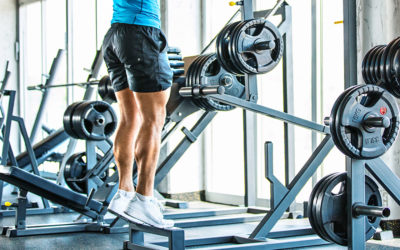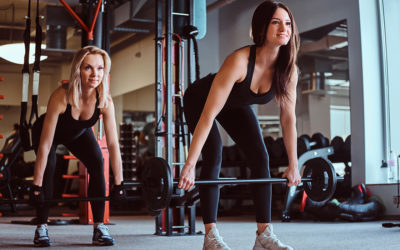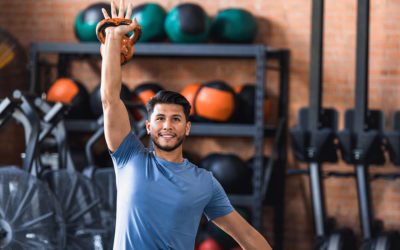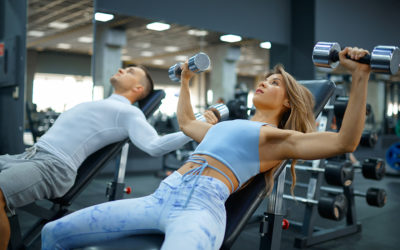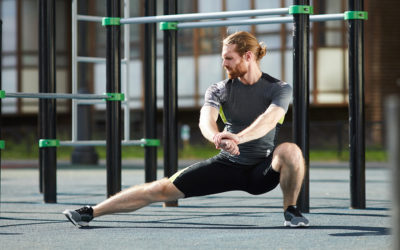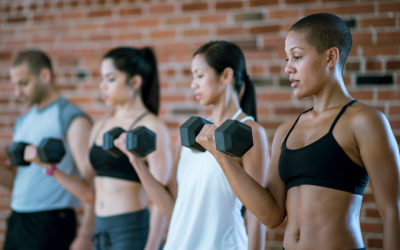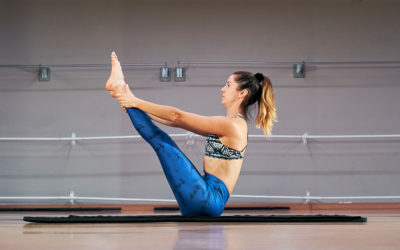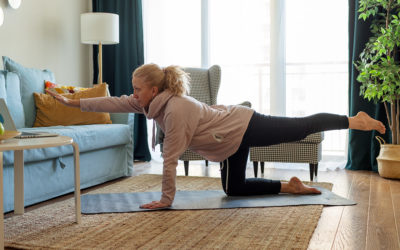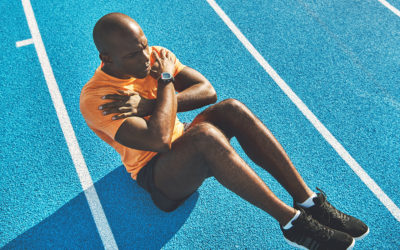Health Topics
Calves
Dec 1, 2024 | Muscle of the Month
The calf muscle, on the back of the lower leg, is made up of two muscles: THE GASTROCNEMIUS This is the larger calf muscle, forming the bulge visible beneath the skin. The gastrocnemius has two parts or “heads,” which together create its diamond shape. THE SOLEUS This...
Hamstrings
Nov 1, 2024 | Muscle of the Month
BICEPS FEMORIS – Not to be confused with the bicep muscle in your upper arm!! Its main action is flexion at the knee, but it is also responsible for extending the thigh at the hip and lateral rotation at the hip and knee. SEMITENDINOSUS – Responsible for flexion of...
Shoulders
Oct 1, 2024 | Muscle of the Month
THE DELTOIDS ‘Delts’ are teardrop shaped and have three parts, anterior, medial and posterior. They control the flexion, abduction and extension of the humerus. ROTATOR CUFF Made up of four muscles (see below) – the supraspinatus, infraspinatus, teres minor and...
Chest
Sep 5, 2024 | Muscle of the Month
The chest forms part of a larger group of “pushing” muscles in the upper body and is made up of three muscles: pectoralis major, minor and the serratus anterior. PECTORALIS MAJOR This is the larger of the chest muscles and is responsible for adduction of the arms,...
Abductors and Adductors
Aug 2, 2024 | Muscle of the Month
Abductors This group of muscles are responsible for hip abduction (moving the leg away from the midline of the body). They also help with rotation of the leg at the hip joint and are necessary for being able to remain stable when walking or standing on one leg. In...
Biceps
Jul 2, 2024 | Muscle of the Month
The biceps muscle has 2 heads, the long head and short head. BICEPS BRACHII This muscle is responsible for bending the forearm back towards the upper arm so is involved in lifting and pulling movements. It also plays a part in supinating the forearm, turning the palms...
Core
Jun 2, 2024 | Muscle of the Month
The core transfers the forces between your upper and lower extremities. The core and limbs need to be strong and stable before any form of movement can happen through the limbs so, the stronger you make your core, the more efficient and stronger your movements will...
Upper Back
May 2, 2024 | Muscle of the Month
The muscles in the group are: TRAPEZIUS This is broad, flat and triangular in shape. It is responsible for elevating and retracting the scapula (shoulder blade) and when the arm abducts (moves away from the body’s centre line), it rotates the scapula. LATISSIMUS DORSI...
Lower Back
Apr 2, 2024 | Muscle of the Month
There are three different groups of muscles that help the spine to function. These are: Extensors – these enable standing and lifting (such as the Erector Spinae). Flexors – these allow flexion, bending forward, lifting and arching of the lower back. Obliques – these...
Abdominals
Mar 2, 2024 | Muscle of the Month
RECTUS ABDOMINIS This is your “6-pack” muscle. This muscle is essential for maintaining good posture and is primarily responsible for flexing the lumbar spine. It also helps to regulate your breathing and plays a vital role in protecting your internal organs by...

